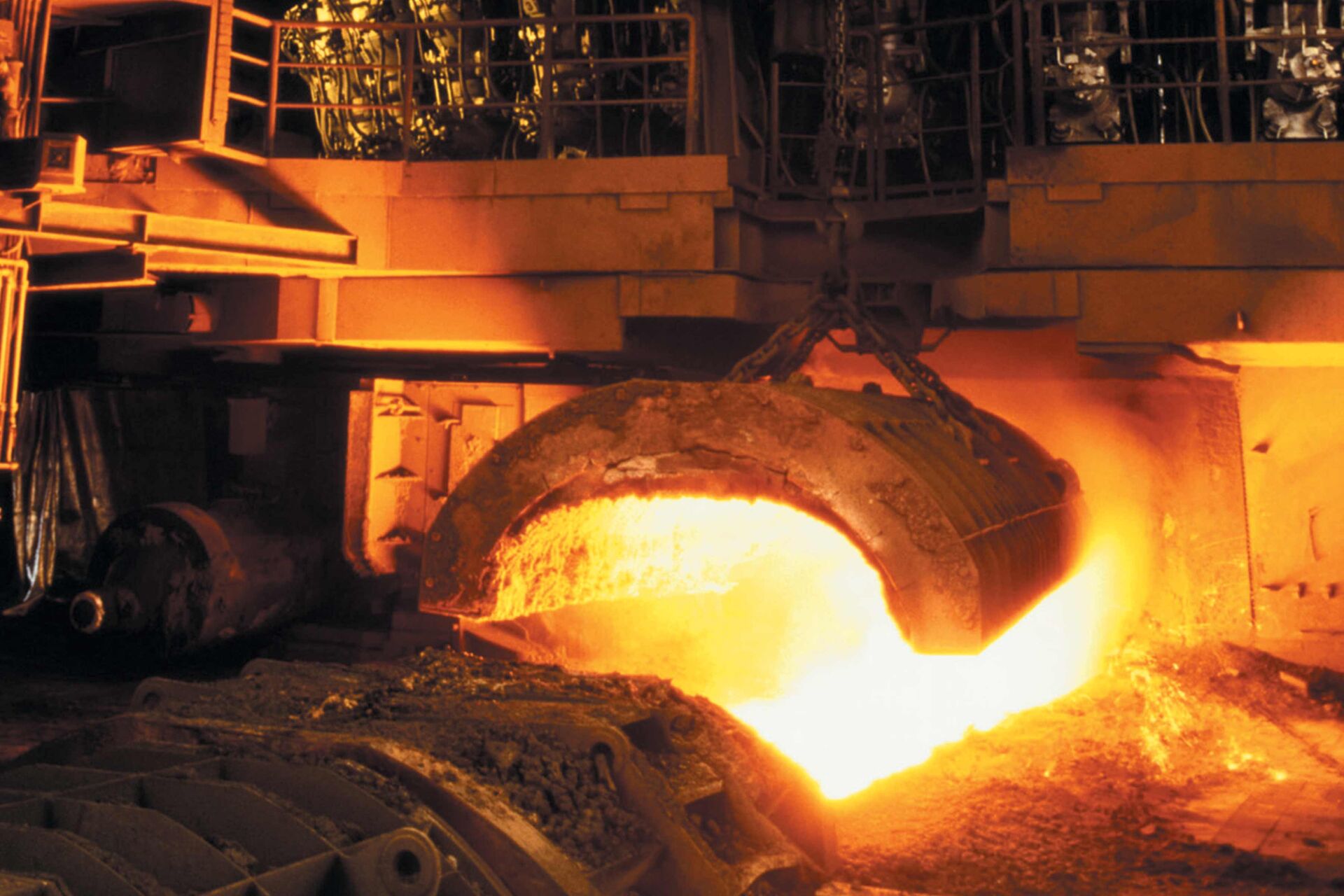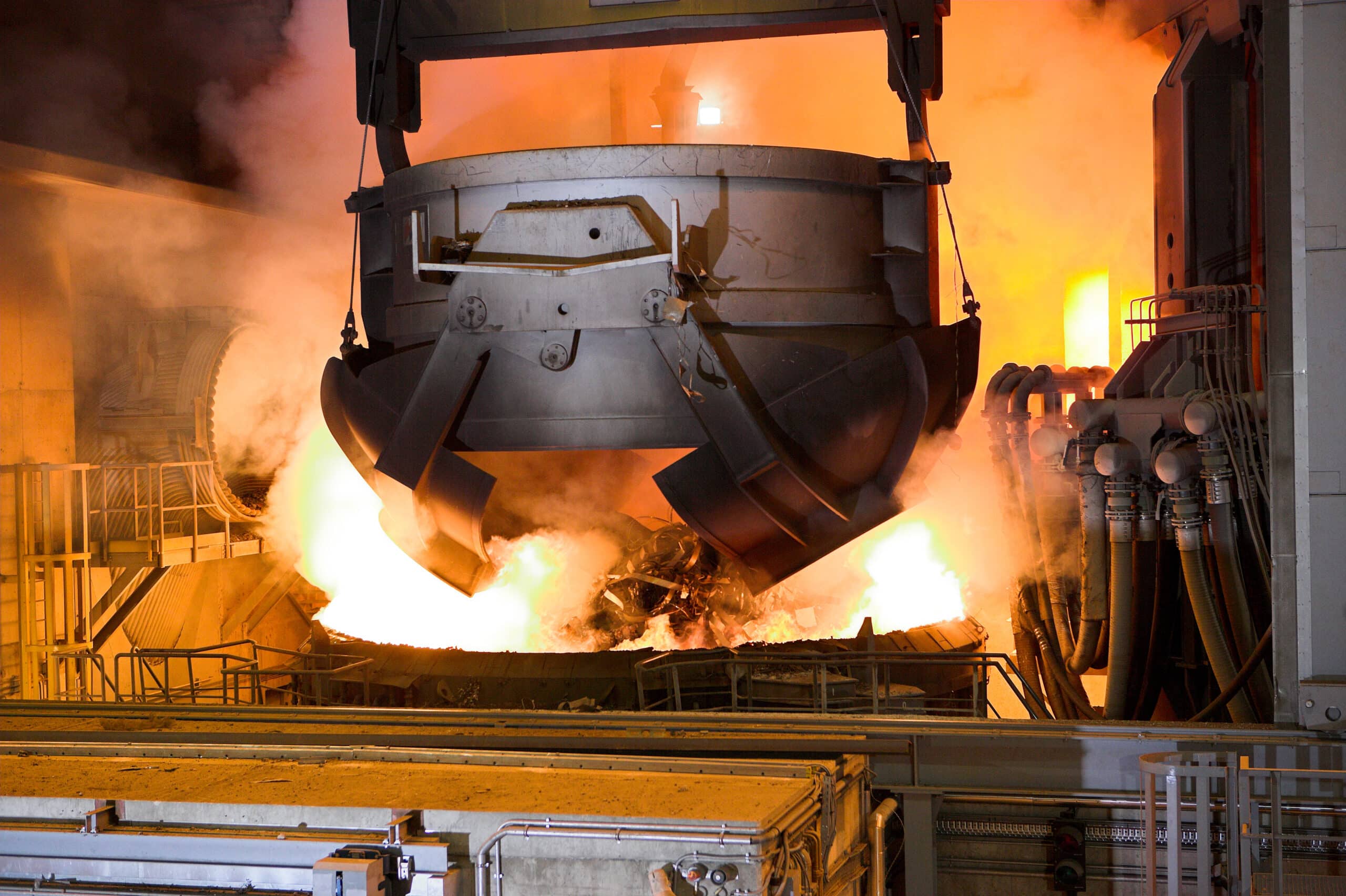Steel casting is an important process in the production of a variety of products, from car parts to kitchen appliances. The economics surrounding steel casting can have a major impact on the cost and efficiency of a business.
This article will explore the economic considerations of steel casting, providing an analysis of costs and other factors that may influence decisions made by businesses. Well also look at how understanding economics can help maximize profits for businesses looking to cast with steel. With this knowledge, companies can make sound decisions about their investments when it comes to steel casting.
Cost Analysis for Steel Casting
When it comes to the economics of steel casting, cost analysis is an essential part of the process. Determining the costs associated with a specific steel casting project can be complicated and involve analyzing numerous factors. It is important to consider both fixed and variable costs when evaluating potential projects, as well as labor expenses and materials needed for production.
Additionally, it is important to account for any environmental considerations that may factor into overall cost estimates. Once all these elements are taken into consideration, businesses can accurately calculate the total cost associated with each project and make informed decisions about their investments in steel casting processes.
Factors to Consider When Evaluating the Cost of Steel Casting

When evaluating the cost of steel casting, there are several factors to consider. Firstly, it is important to examine the quality and quantity of materials used in the production process as these will affect expenses. The size and complexity of the parts being cast also need to be taken into account – more intricate or larger pieces require additional time and resources for successful manufacture.
Additionally, labor costs associated with skilled craftsmen should be considered when calculating overall costs. Finally, it is essential to factor in any extra fees that may arise due to special requirements such as expedited delivery or custom finishing options. All these details must be weighed carefully before making an informed decision regarding steel-casting expenditures.
Strategies for Minimizing Costs in Steel Casting Production
Steel casting production costs can be a major burden to any business, from the initial purchase of raw materials to the required labor and equipment needed for the process. By following some key strategies, businesses can minimize these costs and maximize their profits. First, companies should opt for high-efficiency steel casting processes that require less time and effort for completion.
For example, investing in automated technology or new machinery that reduces manual labor may save money in the long run by cutting down on unnecessary expenses such as overtime wages. Additionally, businesses should look into utilizing reusable molds which will help reduce material costs associated with single-use items while also ensuring higher quality results are achieved faster than traditional methods. Second, companies should establish clear communication between departments so that each stage of production is completed efficiently without delays due to miscommunication or lack of resources.
A streamlined workflow across multiple teams helps ensure tasks are done properly with minimal waste of time or resources while increasing overall productivity levels within an organization. Furthermore, creating detailed protocols and procedures gives everyone involved a better understanding of how things need to be done during each step which leads to improved efficiency as well as cost savings over time.
Thirdly, businesses should consider outsourcing certain aspects of their steel casting operations if it makes sense financially and logistically speaking. This could mean hiring an outside contractor who specializes in this type of work or working with other manufacturers who have access to more affordable raw materials than your own company does – both options provide potential cost savings depending on your situation at hand. Lastly, partnering up with suppliers who offer discounts when purchasing large quantities could be beneficial too since buying in bulk typically translates into lower prices per unit sold.
